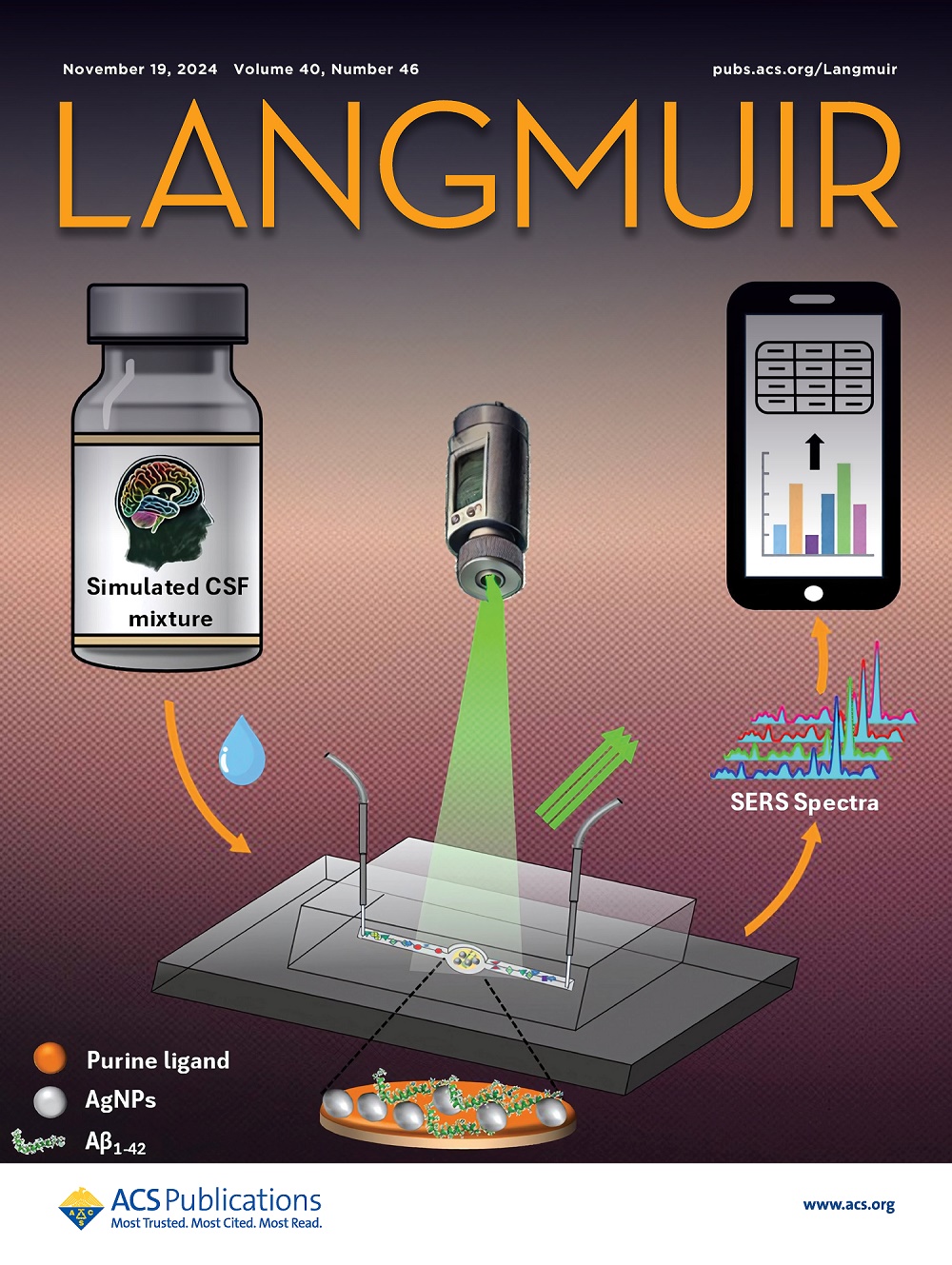用于气体封装和储存的多孔碳冰复合微尺度容器
IF 3.7
2区 化学
Q2 CHEMISTRY, MULTIDISCIPLINARY
引用次数: 0
摘要
微或纳米级气体容器分散气体储存,在环境压力下实现高密度气体储存。然而,目前的材料受到复杂设计和需要集约化生产和操作条件的限制。在这里,我们展示了使用冷冻水(冰)来封装常用的活性炭(AC),形成微型容器,其中高密度气体存储在碳纳米孔中。AC表面的亲水官能团在孔隙内产生水竞争,减少了气体分子的可用容量。这种效应随着气体用量压力的增加而减弱。在环境压力和- 20℃条件下,在50 bar的甲烷(CH4)剂量下,使用这种水辅助方法保留了大约90%的可交付容量,比在相同条件下使用传统吸附方法获得的容量高出320%。对于低极化气体,如氮气(N2)和氢气(H2),竞争吸附显著降低了性能;然而,在1000°C氩气(Ar)中对AC进行热处理,有效地减少了含氧官能团,导致可输送的N2和H2容量分别增加了32%和48%。这项研究提出了一种成本效益高、可持续的气体储存方法,使用广泛可用的材料和简单的操作,提高了清洁能源系统中CH4和H2储存的潜力。本文章由计算机程序翻译,如有差异,请以英文原文为准。

Porous Carbon-Ice Composite Microscale Vessels for Gas Encapsulation and Storage
Micro- or nanoscale gas vessels decentralize gas storage, enabling high-density gas storage at ambient pressure. However, current materials are constrained by complex designs and the need for intensive production and operational conditions. Here, we demonstrate the use of frozen water (ice) to encapsulate commonly available activated carbon (AC), forming microscale vessels where high-density gas is stored within carbon nanopores. Hydrophilic functional groups on the AC surface create water competition for adsorption sites within the pores, reducing the capacity available for gas molecules. This effect diminishes with increasing gas dosage pressure. At 50 bar, methane (CH4) dosage, stored at ambient pressure and −20 °C, shows that approximately 90% of the deliverable capacity was retained using this water-assisted method─an amount 320% higher than that achieved with traditional adsorption methods under identical conditions. For low-polarizable gases like nitrogen (N2) and hydrogen (H2), competitive adsorption significantly reduced performance; however, heat treatment of AC at 1000 °C in argon (Ar) effectively reduced oxygenated functional groups, resulting in a 32 and 48% increase in deliverable N2 and H2 capacities, respectively. This study presents a cost-effective, sustainable approach to gas storage using widely available materials and simple operation, advancing the potential for CH4 and H2 storage in clean energy systems.
求助全文
通过发布文献求助,成功后即可免费获取论文全文。
去求助
来源期刊

Langmuir
化学-材料科学:综合
CiteScore
6.50
自引率
10.30%
发文量
1464
审稿时长
2.1 months
期刊介绍:
Langmuir is an interdisciplinary journal publishing articles in the following subject categories:
Colloids: surfactants and self-assembly, dispersions, emulsions, foams
Interfaces: adsorption, reactions, films, forces
Biological Interfaces: biocolloids, biomolecular and biomimetic materials
Materials: nano- and mesostructured materials, polymers, gels, liquid crystals
Electrochemistry: interfacial charge transfer, charge transport, electrocatalysis, electrokinetic phenomena, bioelectrochemistry
Devices and Applications: sensors, fluidics, patterning, catalysis, photonic crystals
However, when high-impact, original work is submitted that does not fit within the above categories, decisions to accept or decline such papers will be based on one criteria: What Would Irving Do?
Langmuir ranks #2 in citations out of 136 journals in the category of Physical Chemistry with 113,157 total citations. The journal received an Impact Factor of 4.384*.
This journal is also indexed in the categories of Materials Science (ranked #1) and Multidisciplinary Chemistry (ranked #5).
 求助内容:
求助内容: 应助结果提醒方式:
应助结果提醒方式:


